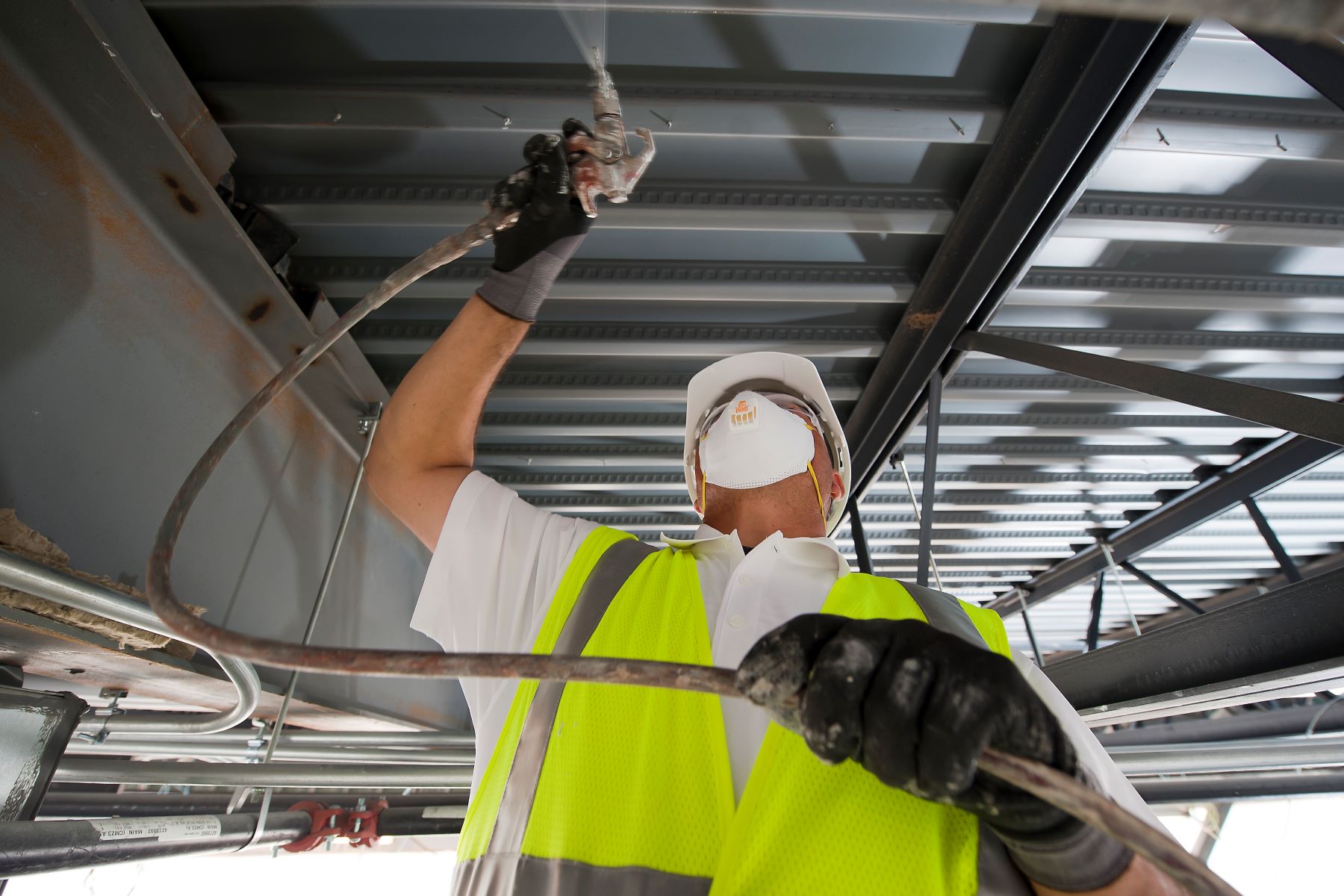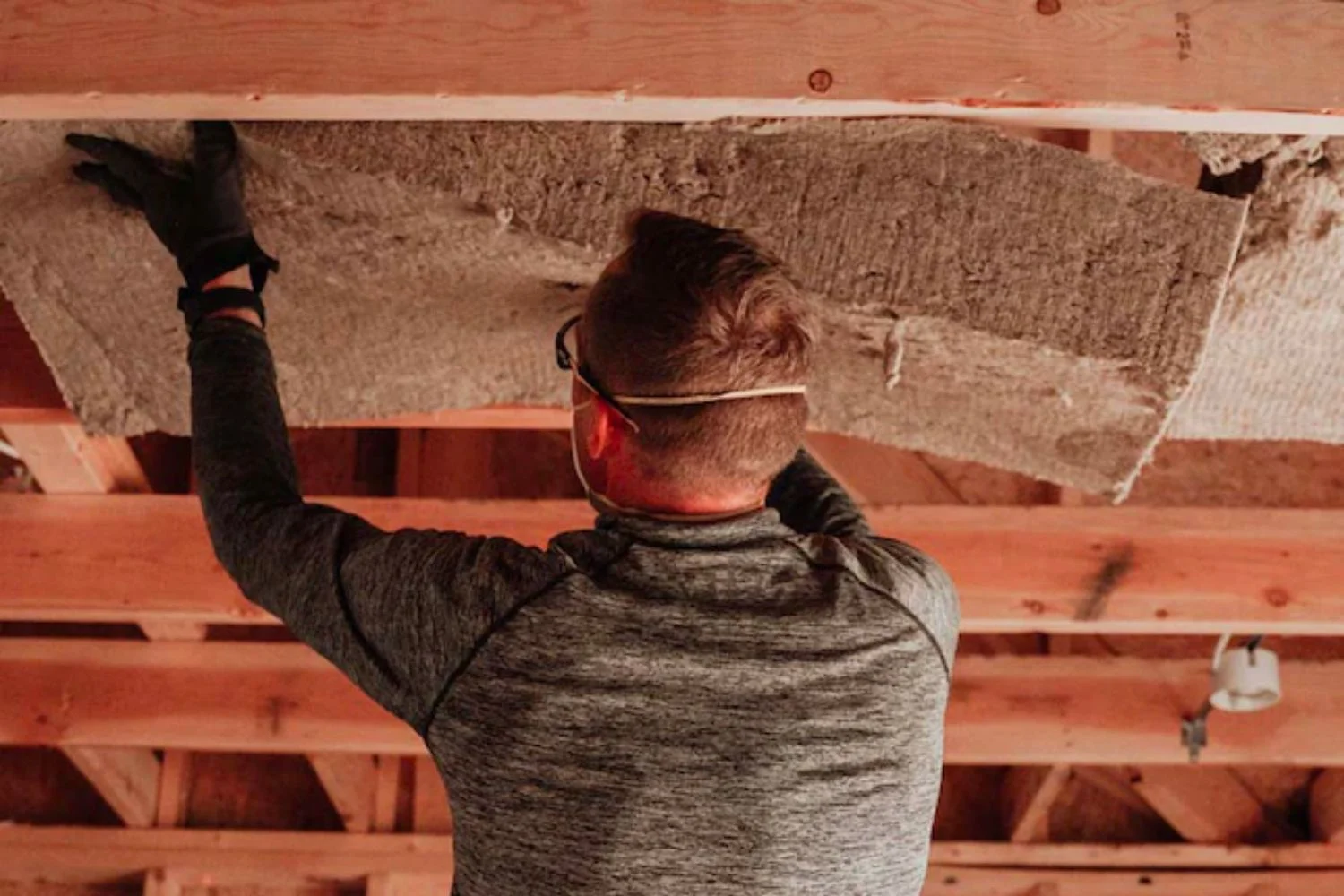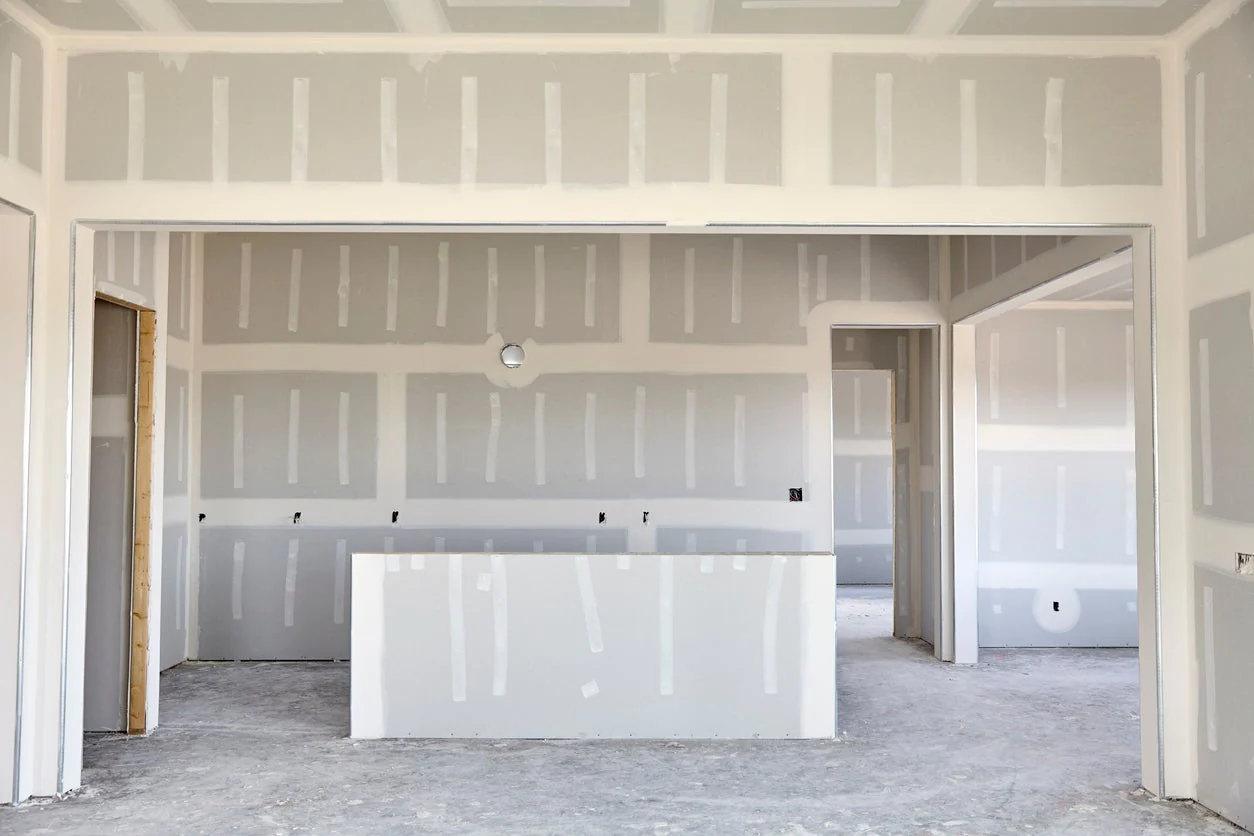
In an unpredictable world, where unforeseen events can change lives in an instant, the importance of safety cannot be overstated. One area of paramount importance, especially in buildings and structures, is fire safety. Fires can be devastating, causing loss of life, property, and peace of mind. That’s why fire safety measures, such as FireStop Installation, are not just desirable but an absolute necessity. In this comprehensive guide, we will explore why FireStop Installation is a must-have in any construction or renovation project, and why it should be at the forefront of our minds when we think about safety.
The Importance of Prioritizing Fire Safety
1. Lives at Stake
The most crucial aspect of fire safety is preserving lives. Fires can escalate rapidly, leaving people with limited time to escape. Proper fire safety measures, including FireStop Installation, can slow down the spread of flames and smoke, buying valuable time for occupants to evacuate safely.
2. Property Protection
Beyond the preservation of life, fire safety measures protect property. Fires can ravage buildings, leading to substantial financial losses. FireStop Installation can contain and prevent the rapid spread of flames, minimizing property damage.
3. Legal and Regulatory Compliance
Adherence to building codes and regulations is not optional but mandatory. Failure to meet fire safety requirements can result in legal consequences, insurance complications, and the inability to occupy or use a building.
4. Peace of Mind
Knowing that your living or working space is equipped with the best fire protection measures provides peace of mind. It allows you to focus on other aspects of life without worrying about the potential devastation of a fire.
How FireStop Installation Works
FireStop Installation is a critical component of fire safety. It involves sealing openings and penetrations in fire-rated walls, floors, and ceilings with fire-resistant materials. These materials are designed to withstand high temperatures and prevent the spread of fire, smoke, and toxic gases. Here’s how FireStop Installation works:
1. Sealant Application
FireStop sealants are applied to gaps, joints, and penetrations in fire-rated structures. These sealants expand when exposed to high temperatures, creating a fire-resistant barrier.
2. Fire-Resistant Materials
FireStop Installation may involve the use of fire-resistant batts, wraps, or coatings that provide protection to critical areas where fires are most likely to start or spread.
3. Preventing Smoke and Gas Movement
In addition to stopping flames, FireStop materials are effective at preventing the movement of smoke and toxic gases. This is crucial for maintaining breathable air and improving evacuation conditions.
4. Specific Applications
FireStop Installation can be tailored to specific applications, including sealing electrical penetrations, plumbing penetrations, ductwork, and cable trays.
Recent Fire Incidents and the Role of FireStop
1. Grenfell Tower Fire
The tragic Grenfell Tower fire in London in 2017 serves as a stark reminder of the importance of fire safety. Inadequate fire protection measures were identified as a contributing factor to the rapid spread of the fire, resulting in multiple fatalities.
2. Notre-Dame Cathedral Fire
The devastating fire at the Notre-Dame Cathedral in Paris in 2019 was another high-profile incident that highlighted the vulnerability of historic structures. FireStop materials and installations played a significant role in protecting the structure and preventing a total loss.
Advancements in FireStop Technology
The world of fire safety is continually evolving, with advancements in FireStop technology enhancing its effectiveness. Some notable advancements include:
1. Improved Fire-Resistant Materials
FireStop materials have become more advanced, with increased fire resistance and better protection against smoke and toxic gases.
2. Advanced Sealants
Sealants now have improved expansion properties, ensuring that gaps and penetrations are more effectively sealed when exposed to high temperatures.
3. Fire-Resistant Coatings
Fire-resistant coatings have become more versatile, allowing for application on various surfaces and substrates.
The Legal and Regulatory Landscape
To underscore the importance of fire safety, many countries have stringent building codes and regulations in place. These codes stipulate the requirements for fire-resistant materials and FireStop Installation in different types of buildings. Staying compliant with these regulations is non-negotiable.
The Role of Professionals in FireStop Installation
FireStop Installation is not a DIY project. It requires the expertise of professionals who understand the intricacies of fire-resistant materials, building codes, and the unique challenges presented by different structures. Working with certified FireStop installers ensures that the fire safety measures in your building are up to code and effective.
The Cost of Fire Safety
Some may be concerned about the cost associated with FireStop Installation and other fire safety measures. While it’s true that investing in fire safety does come with a price tag, it’s essential to view it as an investment in protection and peace of mind. The cost of fire damage, both in terms of lives and property, far outweighs the expenses incurred in ensuring proper fire safety.
FireStop Installation: A Must-Have
In conclusion, FireStop Installation is not just an optional safety measure; it’s an imperative one. The consequences of neglecting fire safety can be catastrophic, with lives, property, and livelihoods at stake. Prioritizing fire safety through FireStop Installation is a responsible and necessary decision for any construction or renovation project. It’s an investment in preserving what matters most and safeguarding against the unpredictable forces of fire. In a world where safety should always be paramount, FireStop Installation stands as a symbol of protection and a testament to our commitment to preserving life and property.
continue reading
Related Posts
In a world increasingly focused on sustainability and energy conservation, the concept of an energy-efficient home has gained significant prominence.
In an increasingly noisy world, finding tranquility and peace within our living and working spaces has become a precious commodity.
Drywall, often referred to as gypsum board or sheetrock, is the unsung hero of interior construction. It's the canvas upon which the aesthetics and functionality of a space are created.




